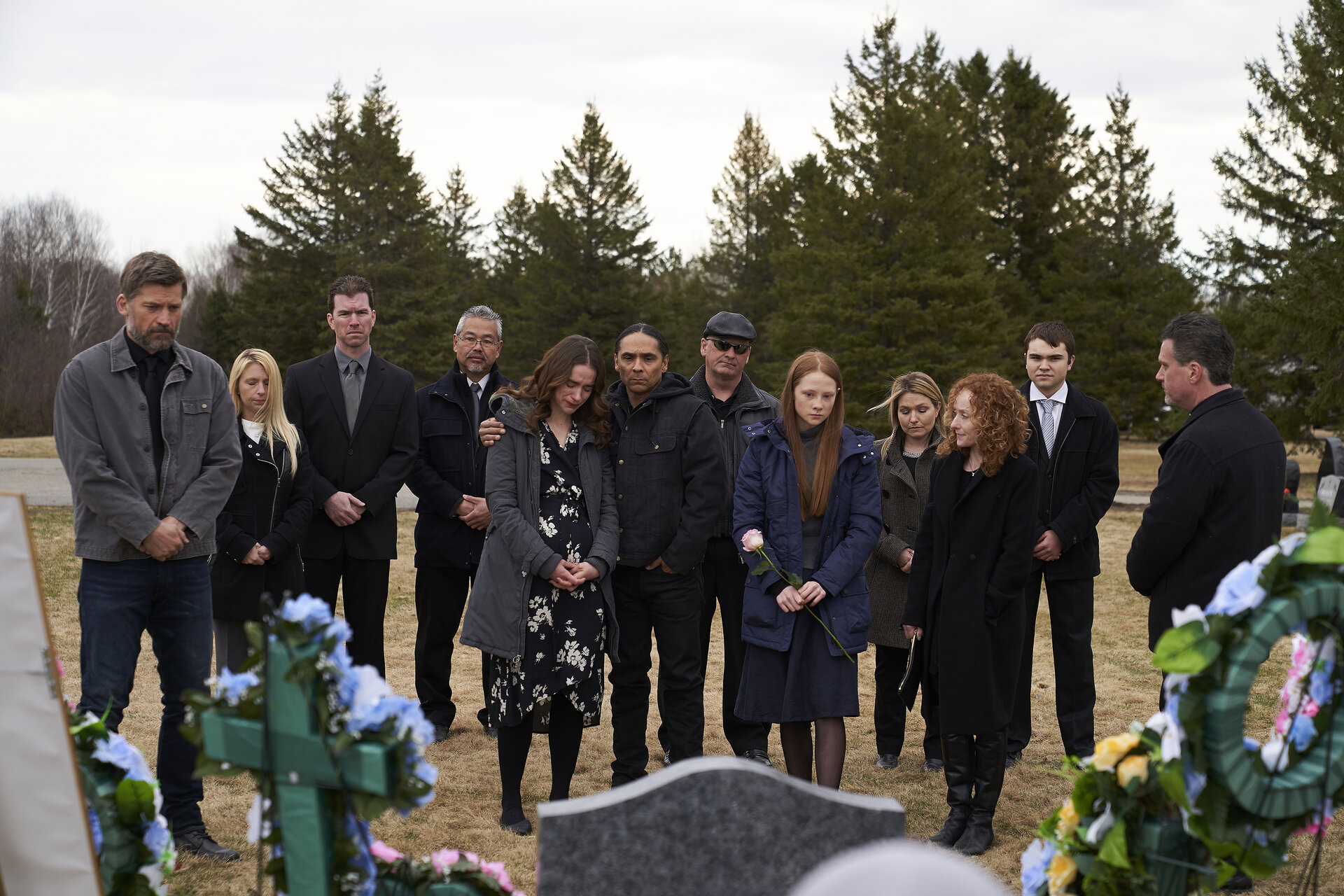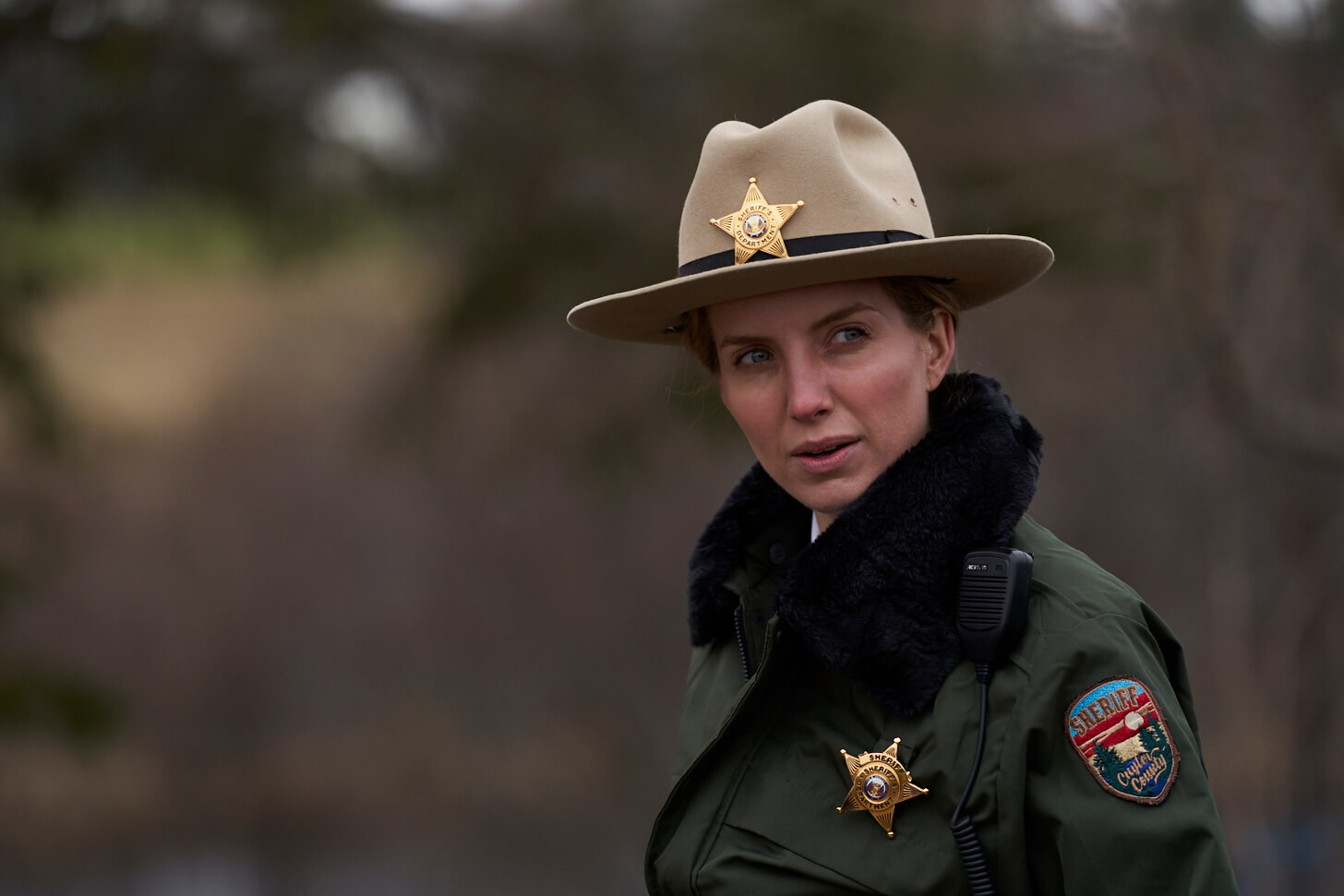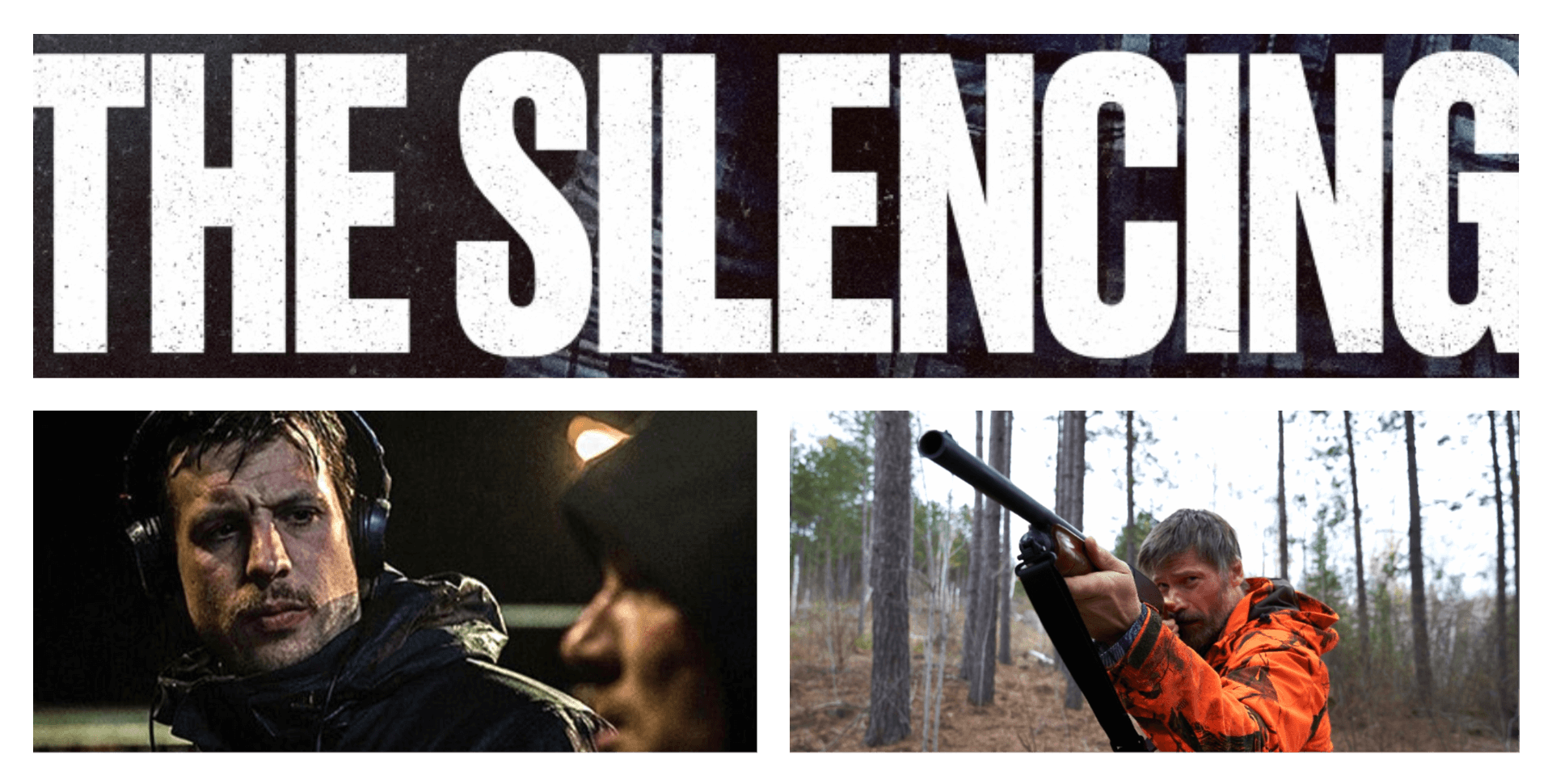The Silencing follows a reformed hunter who lives in isolation in a wildlife sanctuary when he gets caught in a dangerous game of cat and mouse with an elusive murderer and forces him to confront the disappearance of his teenage daughter which happened years ago. The action/crime/thriller movie stars Nikolaj Coster-Waldau as the protagonist, Rayburn. Directed by Robin Pront and written by Micah Ranum, The Silencing is now available to watch in select theaters, iTunes, or Amazon.

How did you approach the screenplay as a director, and what it was like working with screenwriter, Micah Ranum?
We had a very understanding relationship. I flew to LA to work with him on the script and make it a little bit more my own by adding nuances here and there. The opening scene was something I came up with when I was location scouting in Ontario and saw that beautiful waterfall. I called Micah, and he was very much open to changing it in the script.
Nikolaj Coster-Waldau was a remarkable lead as Rayburn Swanson. How was the casting process for The Silencing?
In this case, it was different because Nikolaj was already attached to the film before me, so you could say he had to cast me. We had some conversations about the character and where his arc should be headed, and how Rayburn's alcohol abuse affected him in his everyday life. The rest of the casting process was different for every part. We were very fortunate to have Annabelle Wallis come and board and with those two names, it became a lot easier to attract the other cast as well.
What were some of your most memorable and/or challenging scenes shooting on-location? How was it shooting the action-packed scenes in the woods?
I had a vague idea of the climate in Canada but I will never forget my first confrontation with the freezing cold in Ontario. I stood there like an idiot with my jeans and summer jacket, thinking spring was about to start. I had to buy a whole new wardrobe just to survive the first weeks of prep. Shooting the scenes in the woods were demanding, not only for me but for the whole crew. We did not have a chopper to drop us off at the location unfortunately so we had to walk everywhere, through the mud and snow. But when you yell action, you tend to forget everything and just be focussed on what's happening on the monitor.

Fortunately, all of the loose ends are tied up by the end of the movie and there’s closure for the viewing audience. How did you find the post-production process for The Silencing?
As always you try a lot of things in the edit and show it to people to see what works and what, especially with a film like this, when you set up a lot of red herrings, to lure in the audience. But you can't overdo it because the audience is smart enough to know when you are bullshitting them.
How was the process of working with cinematographer Manuel Dacosse on the aesthetics of The Silencing?
I wanted to bring in some European social-realist elements to this film because I did not want it to be too slick. The other thing I really was keen on, was bringing in color to this bleak world. My films have some darkness to them but playing with colors is something I really enjoy doing. This included convincing Nikolaj to wear the orange jacket.
Which films/directors have had the most impact on your filmmaking, on The Silencing, and why?
I love those nineties thrillers like A Simple Plan, Arlington Road, and Red Rock West but of course, there are always the giants like Fincher and the Coens. More recently I love Jeremy Saulnier's work and the Safdie Brothers.
Best advice for budding filmmakers?
Watch at least one film a day, so when it gets tough sometimes, you never forget why you are doing it in the first place. For the love of cinema.

